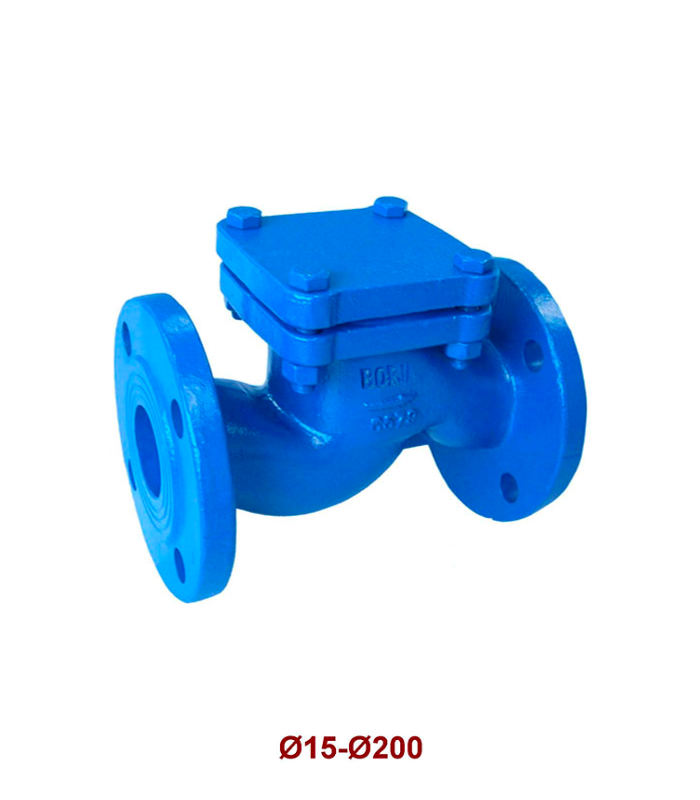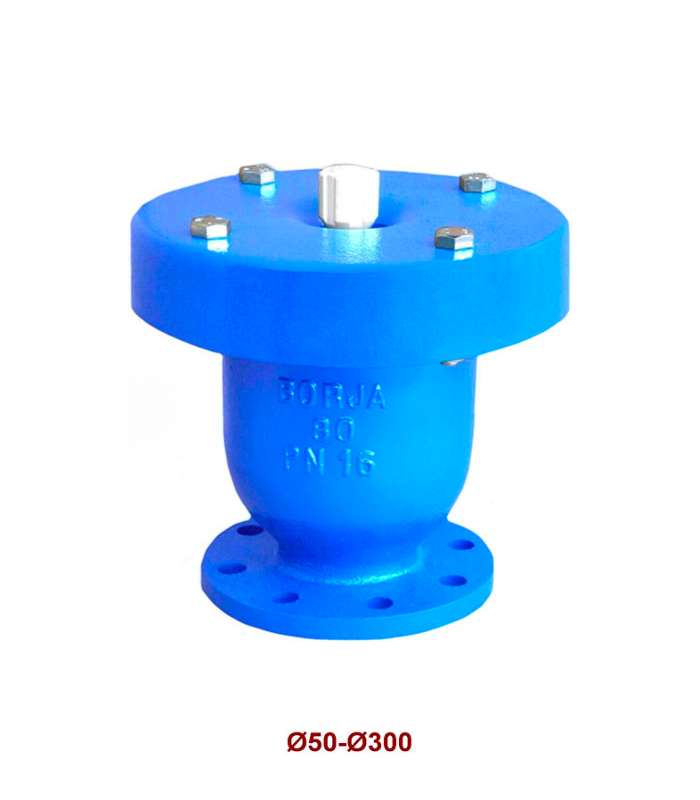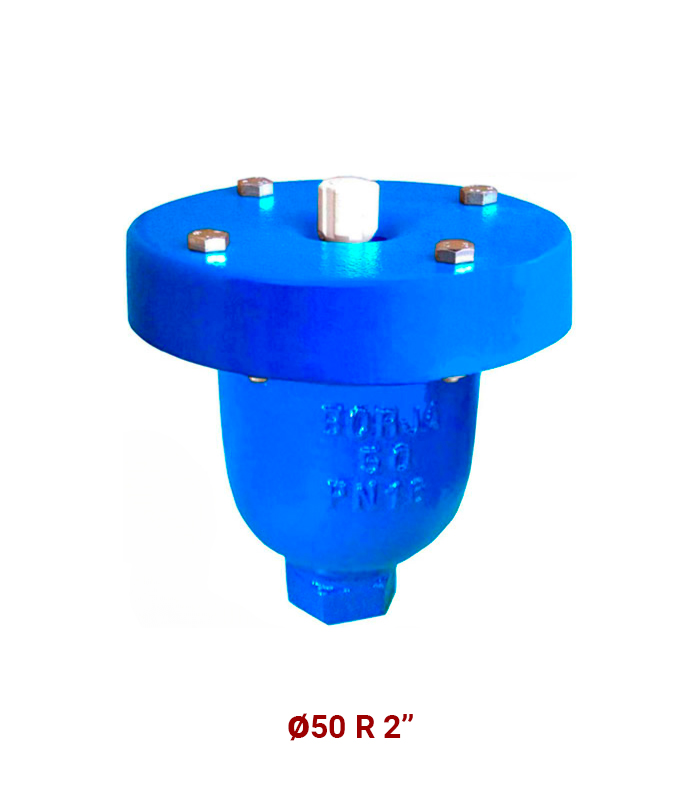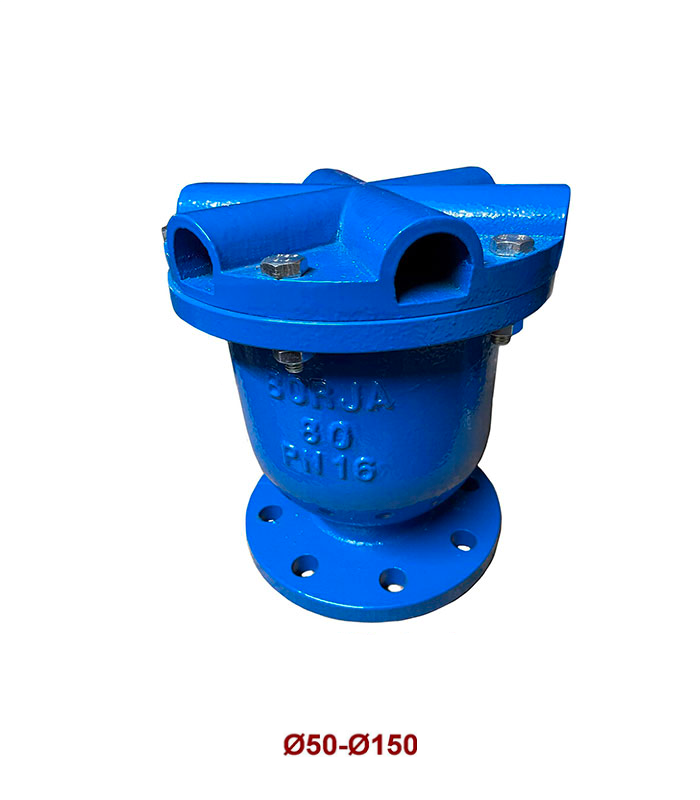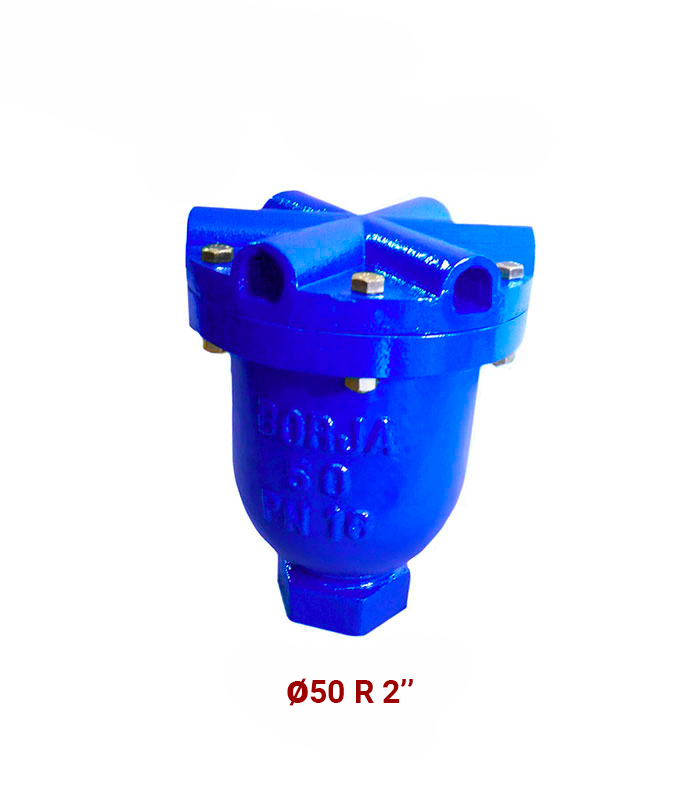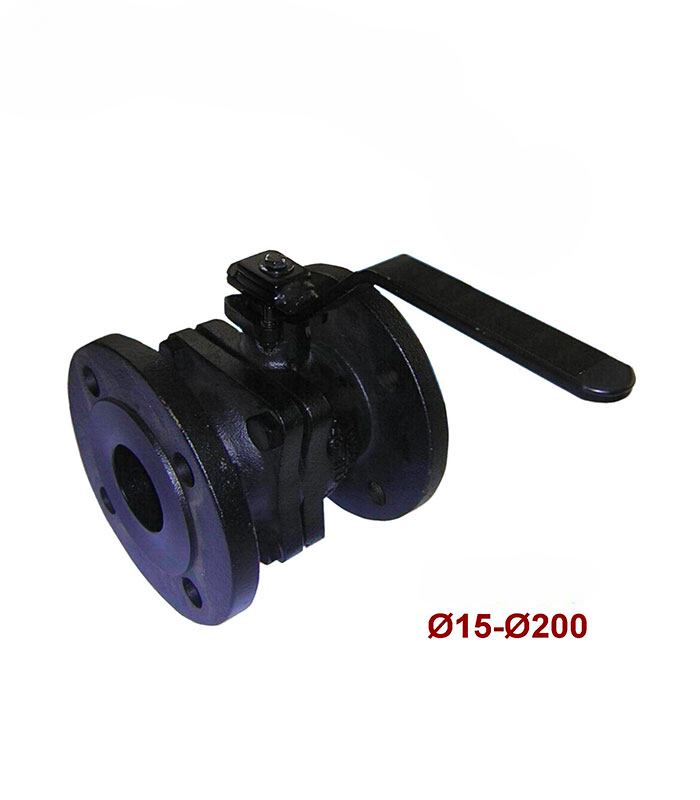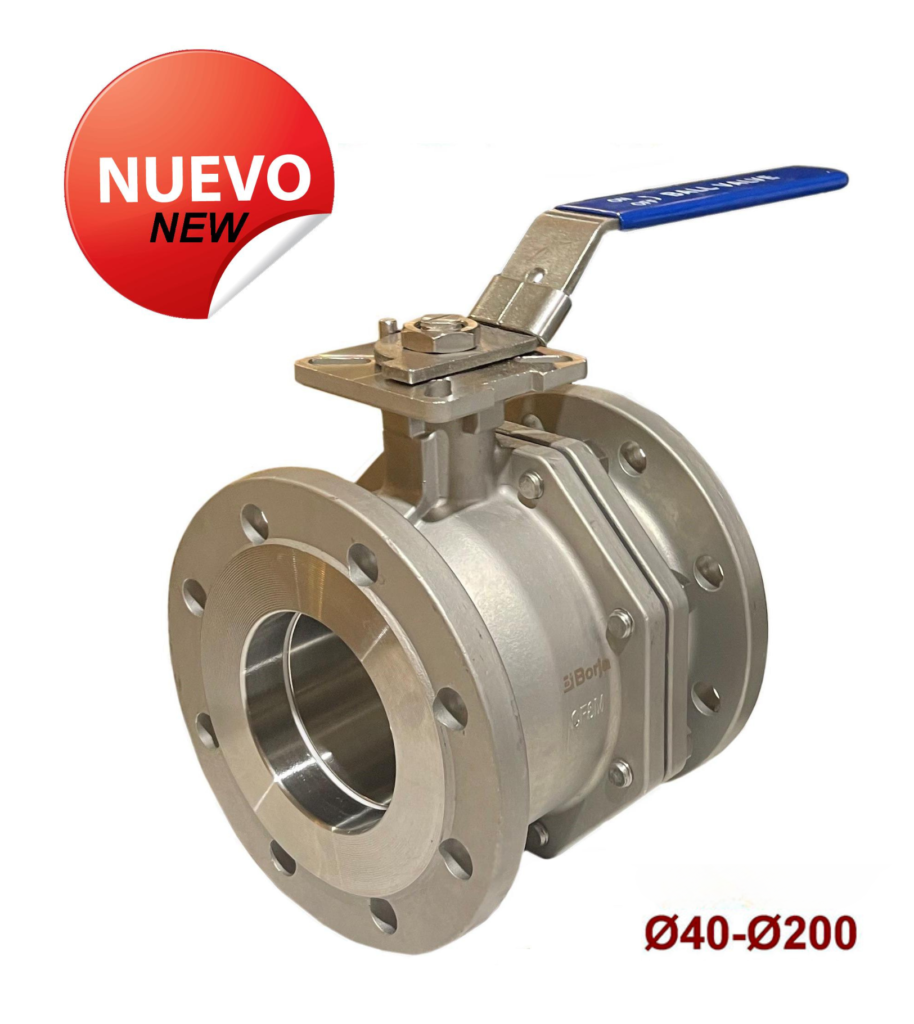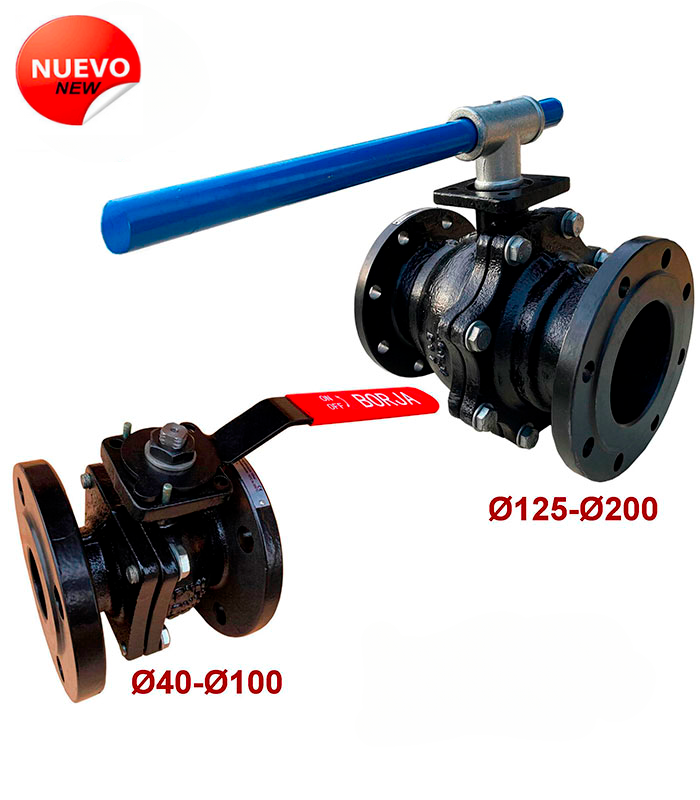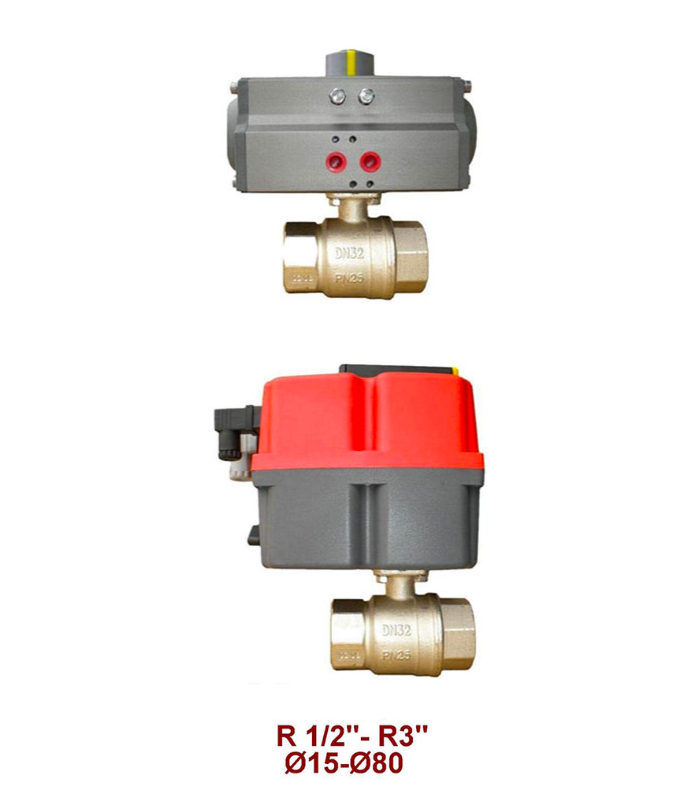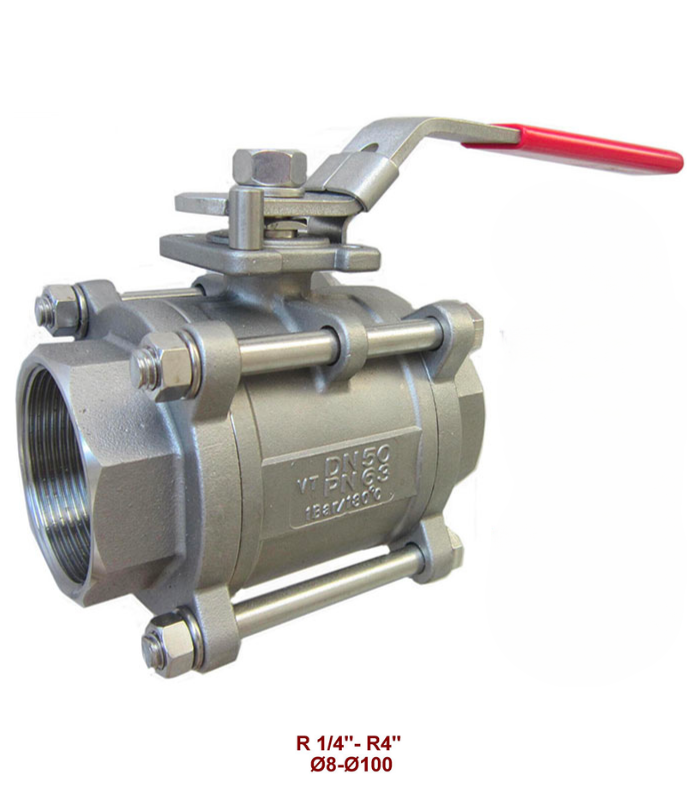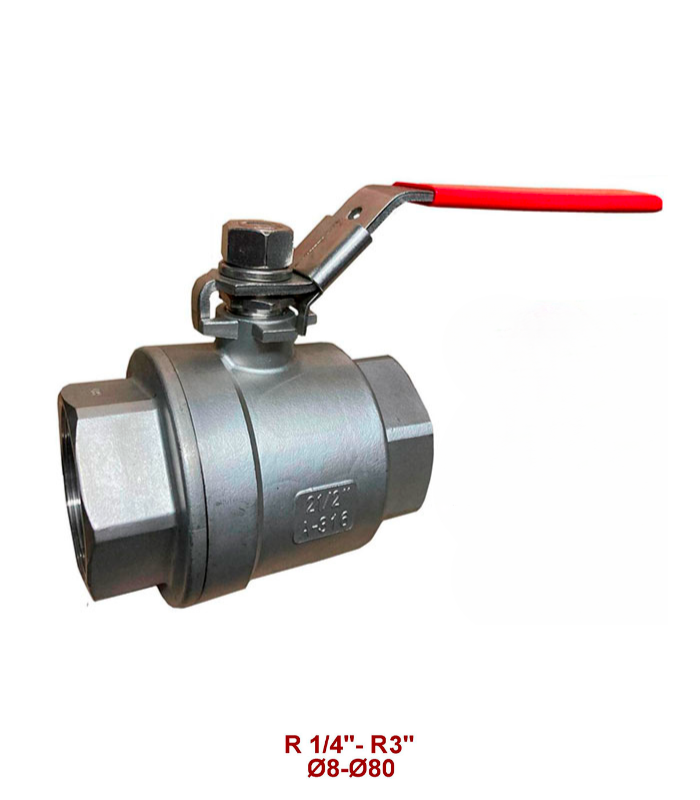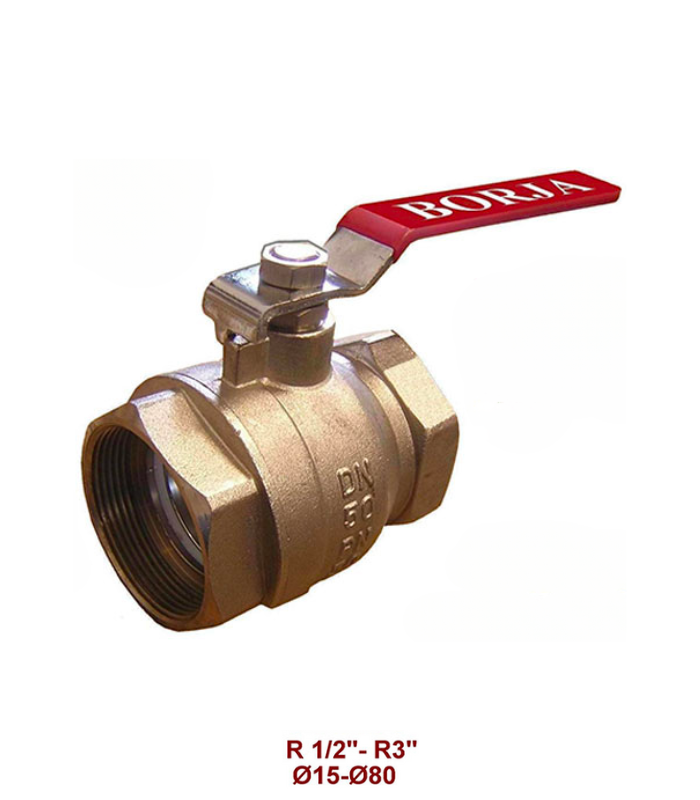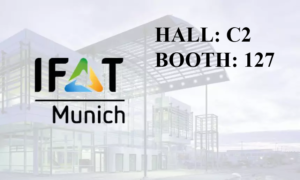Showing all 12 resultsSorted by latest
Air
Sort by
Product Category
Maximum Temperature
Product Category
Lift Check Valve Fig. 78
– According to EN-12334.
– Face to face dimensions according to EN 558-1 Serie 1. DIN 3202-1 / F1.
– Flanges dimensions and holes according to UNE-EN 1092-2 PN16.
Trifunctional Air Valve Fig. 35N
– Flange dimensions and holes according to UNE-EN 1092-2 PN16.
– Holes dimensions according to UNE-EN 1092-2 PN10 / PN16.
DESCRIPTION:
This air valve allows:
– The outlet of high flow of air during filling the pipeline.
– The degassing under pressure (up to 16 bar).
– The inlet of high flow of air during emptying of the pipeline.
Threaded End Trifunctional Air Valve Fig. 35N
Threaded end according to DIN 25.
DESCRIPTION:
This air valve allows:
– The outlet of high flow of air during filling the pipeline.
– The degassing under pressure (up to 16 bar).
– The inlet of high flow of air during emptying of the pipeline.
Double Function Air Valve Fig. 27
Flange dimensions and holes according to:
UNE-EN 1092-2 PN10 / PN16.
Ball Valve With Flanges Fig. 65
– Face to face dimensions according to EN 558-1 Serial 27.
– Flanges dimensions and holes according UNE-EN 1092-2 PN16.
CHARACTERISTICS:
It is recommended:
– For driving and cutting service, without strangulation.
– When you need quick opening.
– For temperatures: From -10º to 180 ºC.
– When you need minimal resistance to movement.
Advantages:
– Low cost.
– It cleans by itself.
– Low maintenance.
– Does not require lubrication.
– Compact size.
Stainless Steel Ball Valve With Flanges Fig. 65I
– EN-12516 (DIN 3357).
– Face to face dimensions according to EN 558-1 Serie 27.
DIN 3202 F4 (From DN40 to DN100).
DIN 3202 F5 (From DN125 to DN200).
– Flanges dimensions and holes according to UNE-EN 1092-2 PN10/16.
CHARACTERISTICS:
It is recommended:
– For driving and cutting service, without strangulation.
– When you need quick opening.
– Working pressure: From 16 to 40 bar.
– Working temperature: From -25º to 180 ºC.
– When you need minimal resistance to movement.
Advantages:
– Low cost.
– It cleans by itself.
– Low maintenance.
– Does not require lubrication.
– Compact size.
Ball Valve With Flanges Din 3357 Fig. 65B
– Face to face dimensions according to EN 558-1 Serie 27.
– Flanges dimensions and holes according UNE-EN 1092-2 PN16.
CHARACTERISTICS:
It is recommended:
– For driving and cutting service, without strangulation.
– When you need quick opening.
– For temperatures: From -10º to 200 ºC.
– When you need minimal resistance to movement.
Advantages:
– Low cost.
– It cleans by itself.
– Low maintenance.
– Does not require lubrication.
– Compact size.
Threaded Two Ways Brass Ball Valve With Electric/Pneumatic Actuator Fig. 63
– Threaded ends according to DIN 259 / 2999. ISO 7-1 (EN 10226-1).
CHARACTERISTICS:
It is recommended:
– For driving and cutting service, without strangulation.
– When you need quick opening.
– For temperatures: From -10º to 180 ºC.
– When you need minimal resistance to movement.
Advantages:
– Low cost.
– It cleans by itself.
– Low maintenance.
– Does not require lubrication.
– Compact size.
Threaded Three Pieces Stainless Steel Ball Valve Fig. 62
– Threaded ends according to DIN 259 / 2999. ISO 7-1 (EN 10226-1).
CHARACTERISTICS:
It is recommended:
– For driving and cutting service, without strangulation.
– When you need quick opening.
– Working temperatures: From -25º to 180 ºC.
– Max. working pressure: 63
– When you need minimal resistance to movement.
Advantages:
– Low cost.
– It cleans by itself.
– Low maintenance.
– Does not require lubrication.
– Compact size.
– With lever in ISO 5211 top.
– ISO 5211 top for direct assembling to actuator.
Threaded Two Pieces Stainless Steel Ball Valve Fig. 61
– Threaded ends according to DIN 259 / 2999. ISO 7-1 (EN 10226-1).
OPTIONS:
– With lever in ISO 5211 top for direct assembling to actuator.
– With double acting pneumatic actuator.
– With spring return pneumatic actuator.
– With monophase electric actuator.
CHARACTERISTICS:
It is recommended:
– For driving and cutting service, without strangulation.
– When you need quick opening.
– For temperatures: From -10o to 180 oC.
– When you need minimal resistance to movement.
Advantages:
– Low cost.
– It cleans by itself.
– Low maintenance.
– Does not require lubrication. – Compact size.
Threaded Brass Ball Valve Fig. 60
– Threaded ends according to DIN 259 / 2999. ISO 7-1 (EN 10226-1).
CHARACTERISTICS:
It is recommended:
– For driving and cutting service, without strangulation.
– When you need quick opening.
– For temperatures: From -10º to 180 ºC.
– When you need minimal resistance to movement.
Advantages:
– Low cost.
– It cleans by itself.
– Low maintenance.
– Does not require lubrication.
– Compact size.








